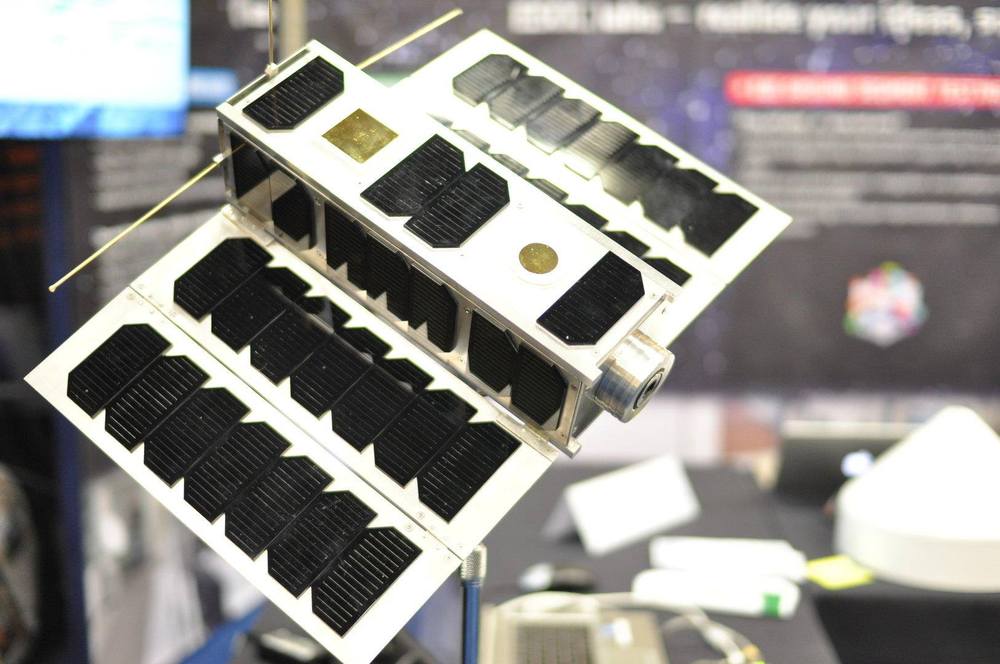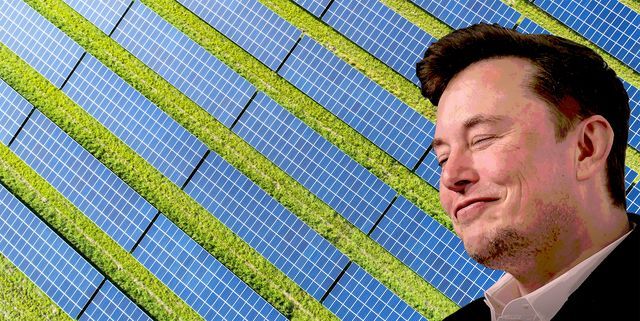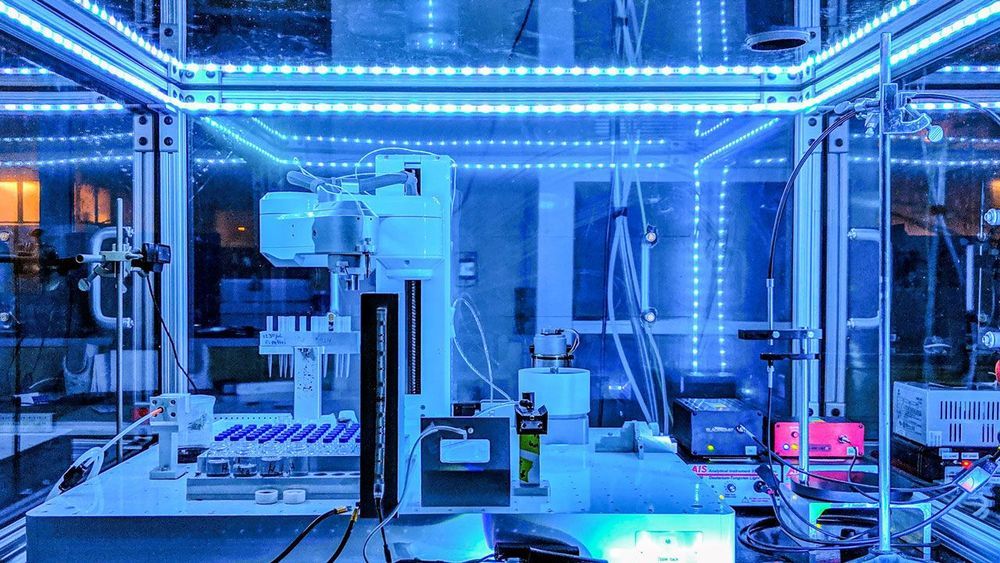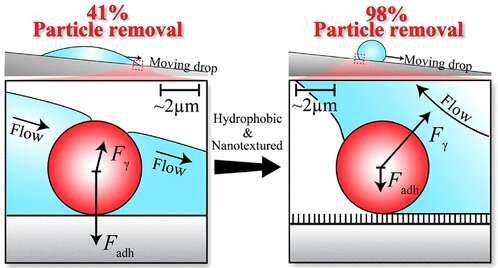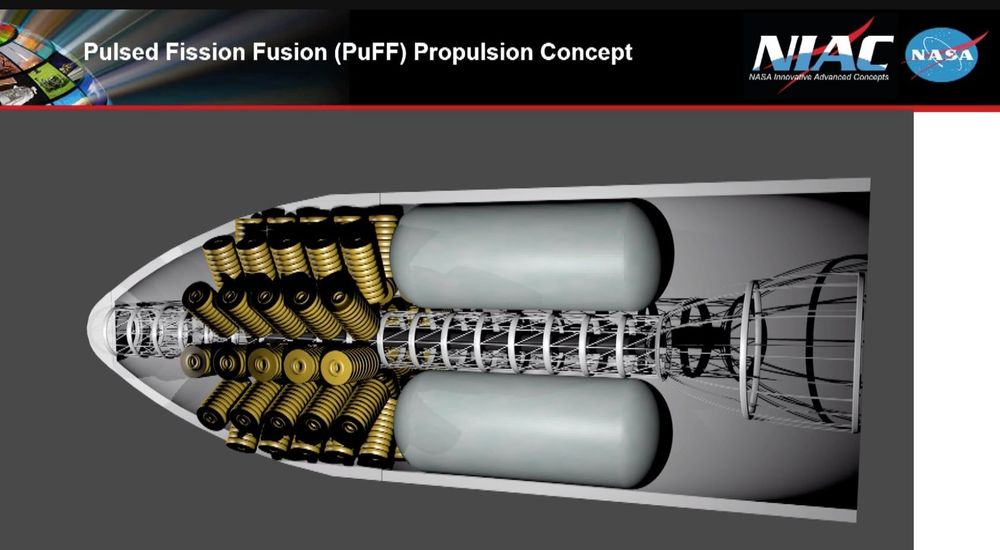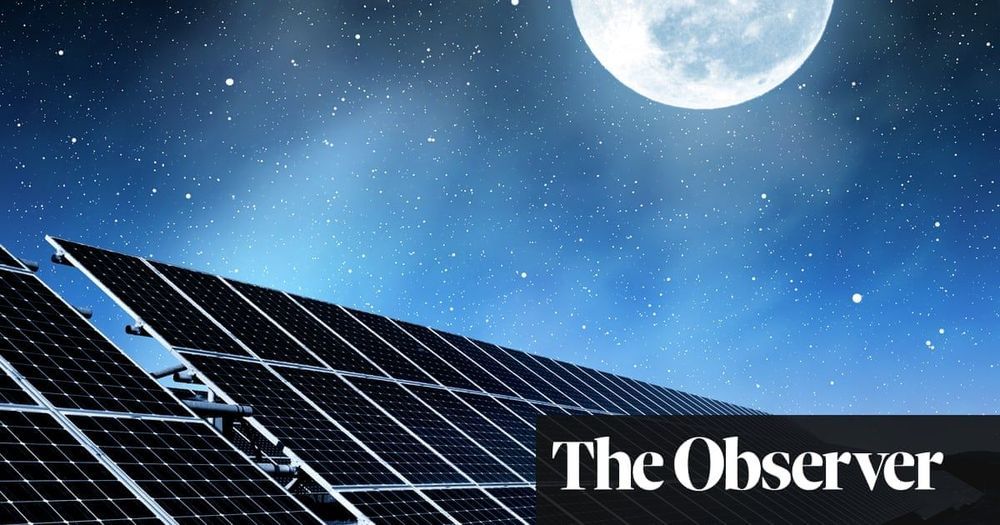Calling all radio amateurs! We’re challenging anyone with amateur radio equipment to catch the first signals from #OPS –SAT, ESA’s brand new space software lab. On 17 December, OPS-SAT will be launched into space with ESA’s #Cheops exoplanet satellite.
Once launched, the satellite will deploy its solar panels and ultra-high frequency antenna, and then start to send signals back home. Could you be the first on Earth to catch them? ESA’s mission control team in Darmstadt are asking for your help to find the fledgling #CubeSat 👉 http://www.esa.int/Enabling_Support/Operations/Calling_radio…nd_OPS-SAT
